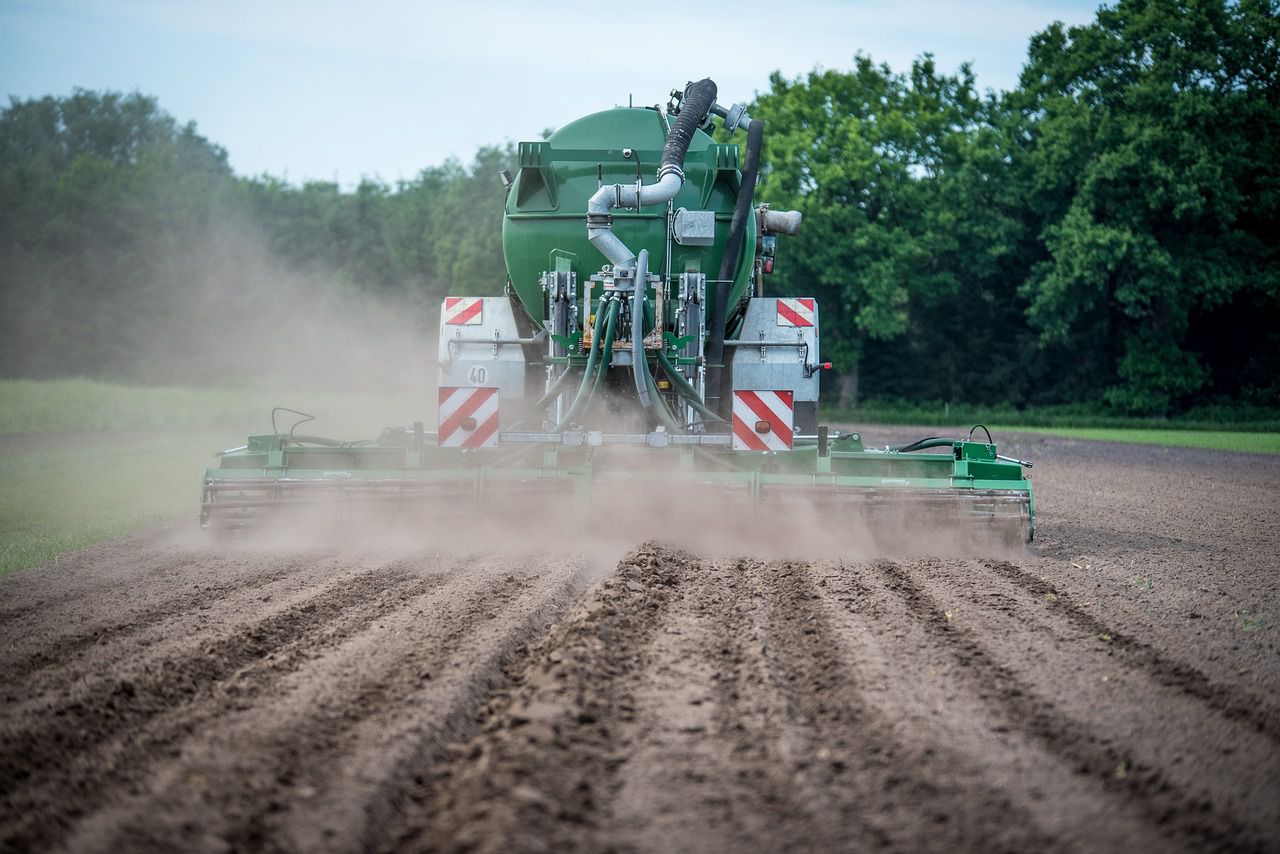To make your plants strong and healthy, you have to use different fertilizers - it's like plant food that provides plenty of nutrients.
For instance, you can use ammonium chloride - it's a pretty popular fertilizer that lots of gardeners use.
Let's find out more about its benefits.
Nitrogen Fertilizer
Ammonium chloride is a good source of nitrogen, which is one of the primary nutrients that plants need for healthy growth.
Nitrogen is crucial for the development of leaves, stems, and overall plant structure.

When your garden soil lacks sufficient nitrogen, using ammonium chloride as a fertilizer can provide the necessary nutrients for robust plant growth.
Soil Acidification
Some plants, like blueberries, rhododendrons, and azaleas, prefer acidic soil conditions to thrive.
Ammonium chloride can be used to make the soil more acidic, which is beneficial for these acid-loving plants.
Adjusting the soil's pH to suit the specific needs of certain plants can significantly enhance their health and productivity.
Weed Control
Ammonium chloride can serve as a weed control tool when used selectively.
It can help prevent the growth of unwanted plants, such as weeds, in your garden.
However, it's essential to be cautious when using it for weed control, as it should be applied only to areas where you want to inhibit plant growth, and not where you intend to cultivate desirable plants.
Conclusion
In summary, ammonium chloride is a versatile tool in gardening, serving as a nitrogen-rich fertilizer, a soil acidifier for acid-loving plants, and a weed control option when used selectively.
Proper usage and dosage are essential to reap its benefits without harming your garden.
It's a valuable resource when applied thoughtfully and tailored to your specific gardening needs.









